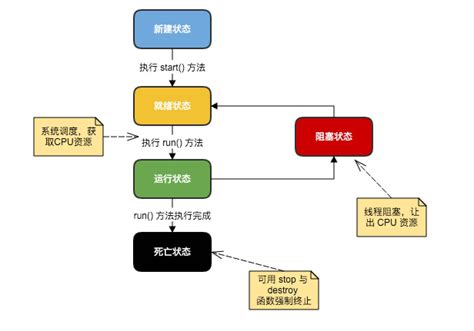location的方法
Title: Exploring LocationBased Programming Methods

Locationbased programming involves integrating geographical information into software applications to create locationaware functionalities. It's a fascinating field that finds applications across various industries, from navigation and logistics to social media and gaming. Let's delve into some key methods used in locationbased programming and explore how they can be implemented effectively.
Understanding LocationBased Programming
Locationbased programming revolves around utilizing geographical data to enhance the functionality and user experience of software applications. Here are some fundamental methods employed in this domain:
1.
Geocoding and Reverse Geocoding:
Geocoding:
This process involves converting addresses (like "1600 Amphitheatre Parkway, Mountain View, CA") into geographic coordinates (like latitude 37.423021 and longitude 122.083739), which can be used to place markers on a map or position the map.
Reverse Geocoding:
In contrast, reverse geocoding transforms geographic coordinates into a humanreadable address. This is useful for obtaining location information based on user input or device GPS data.2.
Geolocation Services:
Geolocation services utilize a device's GPS, WiFi, or cellular data to determine its geographical location. This information can be leveraged for various purposes, such as providing locationbased recommendations, navigation, or targeted advertising.
3.
Spatial Data Structures:
Spatial data structures like quad trees, Rtrees, and kdtrees are used to organize and efficiently query spatial data. These structures are vital for tasks such as nearest neighbor searches, spatial indexing, and spatial partitioning.
4.
Geofencing:
Geofencing involves defining virtual boundaries around realworld geographic areas. When a device enters or exits these boundaries, predefined actions can be triggered, such as sending notifications, adjusting app settings, or logging location data.
5.
Routing and Pathfinding Algorithms:
Routing algorithms determine the optimal path between two or more locations, considering factors like distance, traffic conditions, and mode of transportation. Pathfinding algorithms, such as Dijkstra's algorithm or A*, are commonly used for this purpose in navigation applications and games.
6.
LocationBased Notifications:
Applications can deliver targeted notifications based on the user's current or predicted location. This can range from promotional offers in nearby stores to safety alerts in disasterprone areas.
Implementation Guidelines
When implementing locationbased features in software applications, consider the following guidelines:
Accuracy vs. Battery Life:
Balance the need for accurate location data with the impact on device battery life. Continuously running GPS can drain battery quickly, so utilize powersaving techniques like batching location updates or using lower accuracy methods when high precision is not necessary.
Privacy Concerns:
Respect user privacy by obtaining explicit consent before accessing their location data. Provide clear explanations of how the data will be used and allow users to control location permissions within the application settings.
Offline Capabilities:
Design applications to function seamlessly in offline or lowconnectivity environments. Cache map tiles, store geographic data locally, and implement offline routing algorithms to ensure uninterrupted user experience.
Scalability:
Architect systems that can scale efficiently to handle large volumes of location data and concurrent user requests. Utilize cloudbased services for geospatial processing and leverage distributed computing techniques for optimal performance.
Security Measures:
Implement robust security measures to protect sensitive location data from unauthorized access or manipulation. Utilize encryption, authentication mechanisms, and access controls to safeguard data integrity and user privacy.Conclusion
Locationbased programming offers exciting opportunities to enhance the functionality and user experience of software applications across various domains. By leveraging geospatial data, implementing efficient algorithms, and adhering to best practices, developers can create compelling locationaware applications that cater to the needs of modern users while addressing privacy and scalability concerns effectively.
本文 新鼎系統网 原创,转载保留链接!网址:https://acs-product.com/post/17298.html
免责声明:本网站部分内容由用户自行上传,若侵犯了您的权益,请联系我们处理,谢谢!联系QQ:2760375052 版权所有:新鼎系統网沪ICP备2023024866号-15








